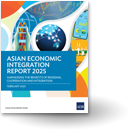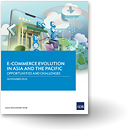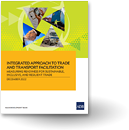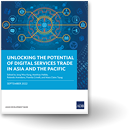New blog posts
- 6May2025
Making Connections: How Asia’s Tourism Is Taking Off Again
Strategic investments in transport infrastructure and streamlined visa policies are proving essential for boosting tourist flows and economic resilience.
6May2025As Nations Reshore, ASEAN Should Explore Trade, Digitalization and Connectivity
Issues around climate change and rivalry around frontier technology (artificial intelligence, big data, internet of things) are increasingly being discussed as issues of national security.
28Apr2025Better with Age: How Lifelong Learning Can Transform the Workforce
Countries in Asia and the Pacific are undergoing a significant demographic shift: the share of older adults is expected to grow.
1Apr2025Empowering Women in Tourism: The Key to a Healthy, Resilient Industry
Women are a significant driving force in the tourism sector in Asia and the Pacific, constituting a majority of the workforce (52%).
;1Apr2025Preparing the Nation for Integration: Timor-Leste’s Path to ASEAN
Since applying for ASEAN membership in 2011, Timor-Leste has undertaken significant reforms, investments, and policy alignments
7Jan2025Unlocking Climate Investments: Lessons for Asia from the Inflation Reduction Act
Meeting climate financing needs is essential to fund the transition to clean energy, enhance climate resilience, and mitigate these risks to ensure sustainable development and protect vulnerable populations.
Related Links:










